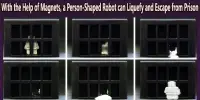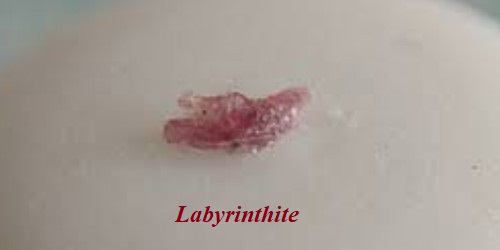Stripline is a transverse electromagnetic (TEM) transmission line medium invented in the 1950s by Robert M. Barrett of the Air Force Cambridge Research Centre. Stripline is the most primitive type of planar transmission line.
Stripline is a transmission line type used in electronic circuits to carry high-frequency electrical signals. It is made up of a flat conductive strip sandwiched between two ground planes and surrounded by dielectric material. The ground planes provide shielding and aid in the reduction of electromagnetic interference.
Description
A stripline circuit is composed of a flat strip of metal sandwiched between two parallel ground planes. The substrate’s insulating material acts as a dielectric. The characteristic impedance of a transmission line is determined by the width of the strip, the thickness of the substrate, and the relative permittivity of the substrate. The central conductor does not have to be equally spaced between the ground planes, as shown in the diagram. In general, the dielectric material above and below the central conductor may differ.
To prevent unwanted modes from propagating, the two ground planes must be shorted together. This is commonly accomplished by running a row of vias parallel to the strip on each side.
Here are some key characteristics and features of stripline:
- Construction: Stripline is typically constructed using a flat conductor, such as copper, on a dielectric substrate. The conductor is often etched onto the substrate, and the dielectric material provides isolation and support.
- Signal Transmission: The electrical signals travel along the center conductor of the stripline. The electromagnetic fields associated with the signal are mostly contained within the dielectric material, resulting in controlled impedance transmission.
- Shielding: The ground planes on both sides of the stripline provide shielding, preventing the electromagnetic fields from radiating outside and minimizing crosstalk between adjacent signal lines. This shielding enhances signal integrity and reduces interference.
- Controlled Impedance: Stripline is designed to have a specific characteristic impedance, which is determined by the dimensions and electrical properties of the conductive strip and dielectric material. The characteristic impedance ensures efficient signal transmission and impedance matching between the source, transmission line, and load.
- Design Considerations: When designing with stripline, considerations must be made for trace width, dielectric constant, and thickness of the dielectric material to achieve the desired impedance and signal performance. Additionally, the spacing between adjacent signal traces must be carefully managed to prevent crosstalk.
Applications
Stripline is commonly used in high-frequency and microwave circuits, such as in telecommunications, radar systems, high-speed digital designs, and RF (radio frequency) applications. It is often used for interconnecting components on printed circuit boards (PCBs) or as part of integrated circuits.
Overall, stripline is a versatile transmission line technology used for high-frequency signal transmission, providing controlled impedance, shielding, and improved signal integrity in various electronic applications.
















